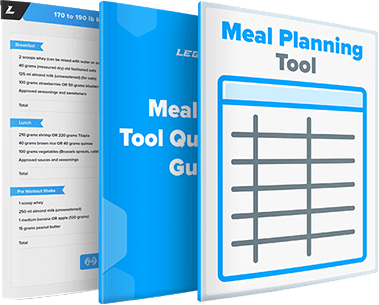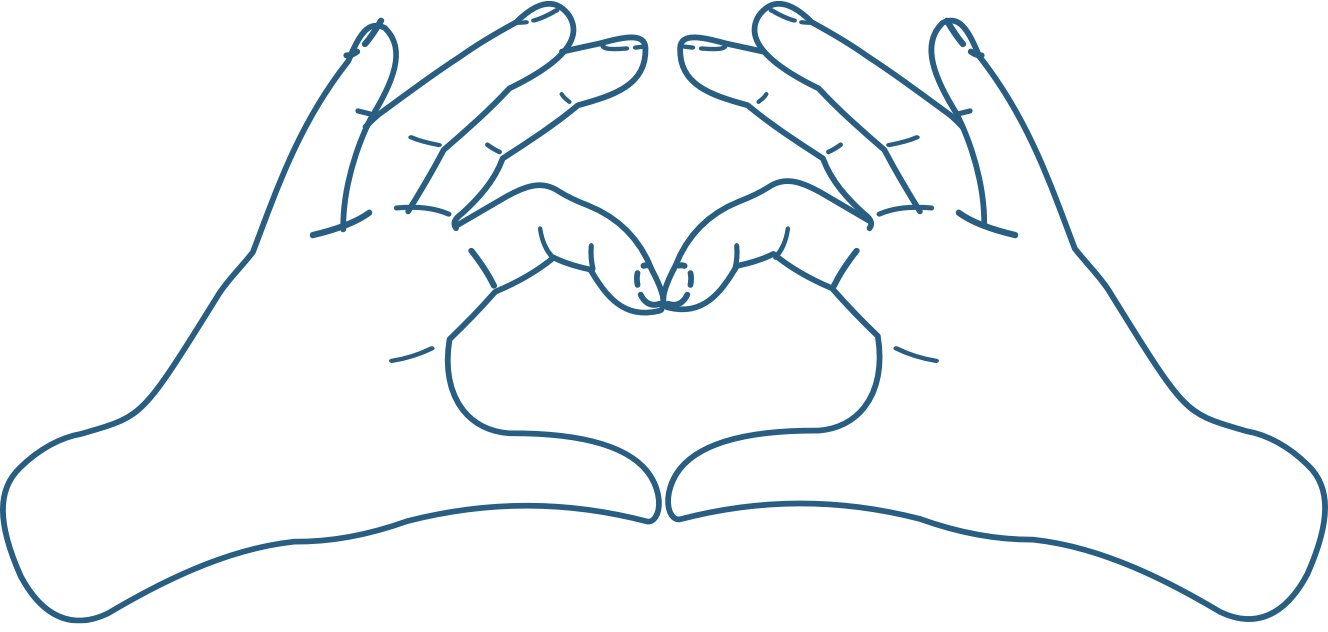The Arnold press is a twist (pun intended) on the dumbbell shoulder press popularized by Arnold Schwarzenegger.
What makes it unique among shoulder press movements is that you rotate your hands as you press the weights overhead.
This makes the Arnold shoulder press more effective at training the side delts than the standard shoulder press and, thus, an excellent exercise for building strong, proportional shoulders.
In this article, you’ll learn what the Arnold press is, the muscles worked by the Arnold press, proper Arnold press form, the best variations, and more.
What Is an Arnold Press?
The Arnold press is a variation of the shoulder press invented by seven-time Mr. Olympia winner Arnold Schwarzenegger.
You can perform the Arnold press in two ways: Standing or seated. Since the seated Arnold press allows you to lift more weight and is easier to learn, set up, and perform, that’s the variation I prefer and recommend in my programs for men and women.
Arnold Press vs. Shoulder Press
In the shoulder press, you begin and end each rep with the dumbbells on either side of your shoulders, and throughout each rep, your palms face away.
Conversely, you begin and end each rep of the Arnold shoulder press by holding the dumbbells in front of your shoulders with your palms facing you. As you press the dumbbells upward, you rotate your palms away from your body.
With this small change, the dumbbell Arnold press trains your side delts more than the shoulder press. The downside is that you can’t lift as much weight.
Thus, I consider the Arnold dumbbell press an effective way to train your shoulders after you’ve already done one or more other exercises that allow you to use heavier weights, such as the overhead press, shoulder press, or push press.
Benefits of the Arnold Press
1. It trains several muscle groups.
Many people think the Arnold press only trains the shoulder muscles.
While it’s true it trains all three heads of the deltoids to a high degree, it also effectively trains several other major upper-body muscle groups, including your upper back, abs, pecs, and arms.
2. It has a long range of motion.
Because Arnold press form involves twisting your wrists, it has a longer range of motion than most other overhead pressing exercises, which is generally better for muscle growth.
3. It helps to correct muscle imbalances.
In the dumbbell Arnold press, both sides of your body must lift the same amount of weight independently, helping you find and fix muscle and strength imbalances.
Arnold Press: Muscles Worked
The seated Arnold press works the . . .
- Anterior, lateral, and posterior deltoid muscles
- Triceps
- Pectoralis major and minor
- Trapezius (traps)
Here’s how the main muscles worked by the Arnold press look on your body:
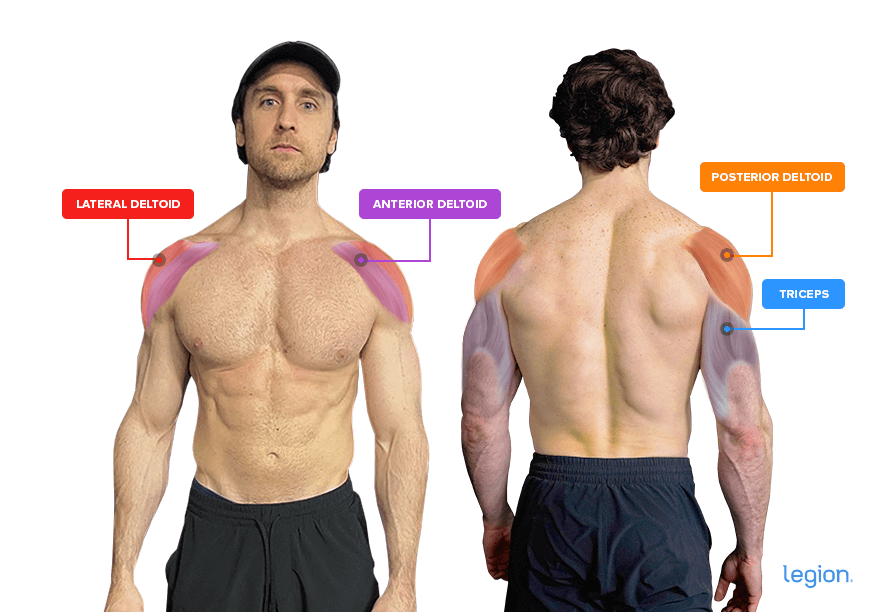
How to Do the Arnold Press
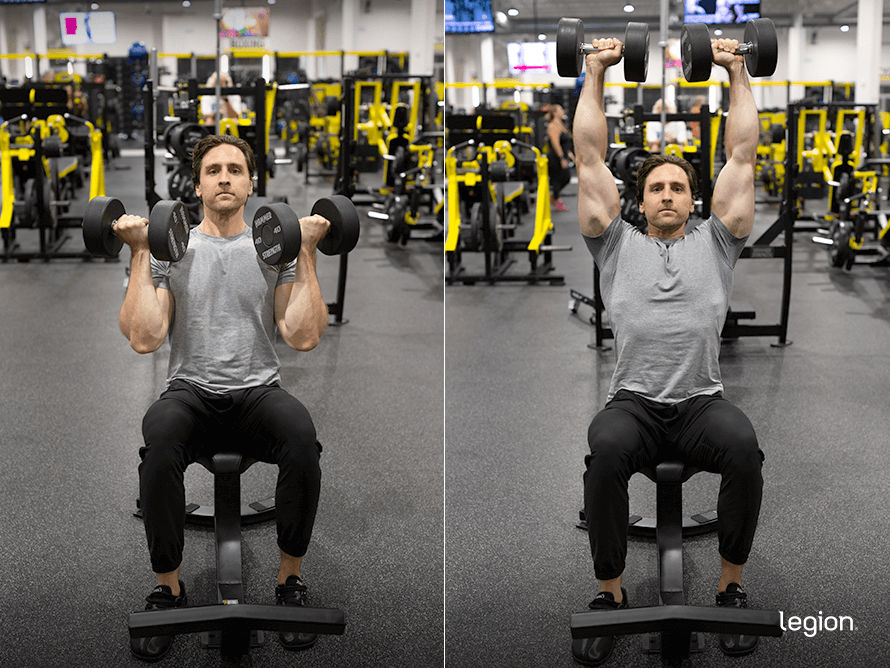
The best way to learn how to do the Arnold press is to separate the exercise into three phases: set up, press, and descend.
Step 1: Set Up
While sitting on an upright bench, hold a dumbbell in each hand and rest them on your thighs. Nudge the dumbbells with your thighs and hoist them just in front of your shoulders with your palms facing you.
Press your mid and upper back against the backrest, push your chest out, and pull your shoulder blades down and together.
Step 2: Press
Press the dumbbells straight overhead while rotating your wrists until your arms are straight and your palms are facing away from you.
Keep your mid and upper back pressed into the backrest, and avoid excessively arching your lower back or letting your butt scoot forward on the bench.
Step 3: Descent
Reverse the movement and return to the starting position with the dumbbells in front of your shoulders.
Here’s how proper Arnold press form should look when you put it all together:
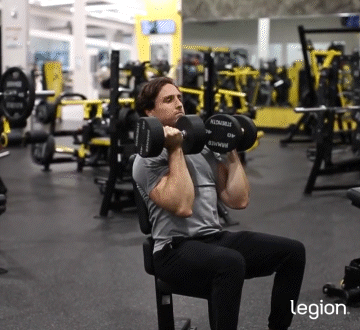
The Best Arnold Press Variations
Standing Arnold Press
The standing Arnold press develops whole-body strength and chest, shoulder, and triceps size. However, it requires more balance and coordination than the seated Arnold Press, limiting how much weight you can lift.
Single-Arm Arnold Press
In the single-arm Arnold press, you press one weight at a time, forcing your core to work hard to stabilize your torso. While this is good for developing core strength, it limits how much weight you can lift and, thus, the exercise’s muscle- and strength-building potential.
Alternating Arnold Press
In the alternating Arnold press, you press one dumbbell at a time while holding the other in front of your shoulder. This allows the shoulder that isn’t pressing to rest between reps, which often allows you to lift a little more weight than the standard variation.
Incline Arnold Press
The incline Arnold press is a shoulder press, incline dumbbell press, and reverse-grip bench press hybrid that emphasizes the upper pecs more than the side delts.
Kettlebell Arnold Press
The kettlebell Arnold press is a viable alternative if you don’t have dumbbells or want to spice up your training.
